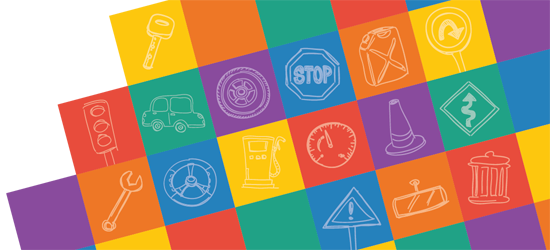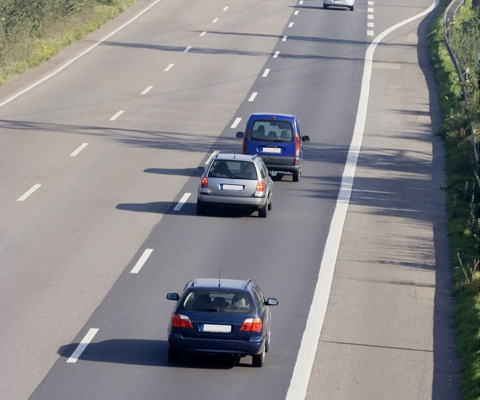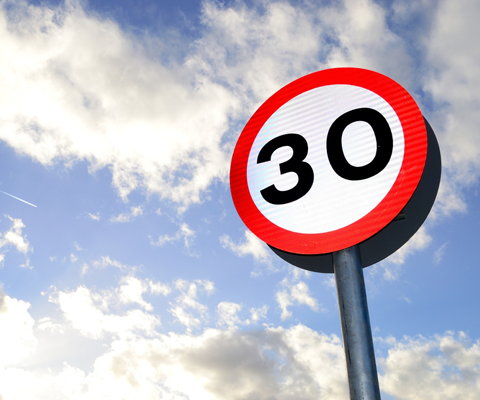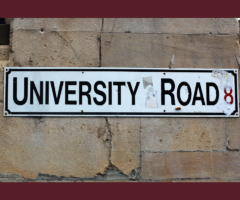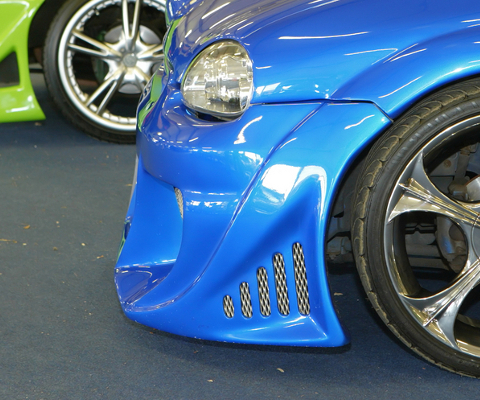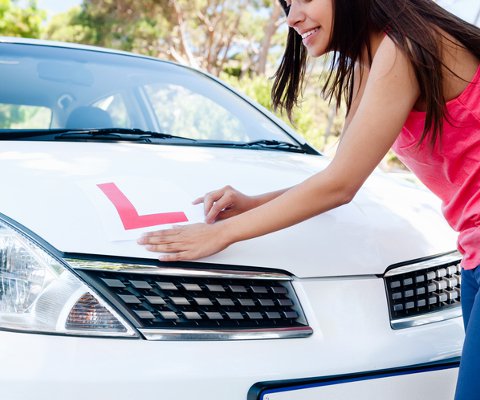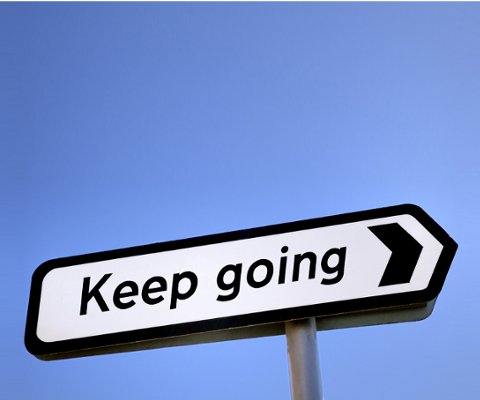
Speed limits explained
A speed limit is not a target! You should adjust your speed to the road conditions.
These days it seems to be a common misconception that speed limits are targets for how fast you should be driving. They aren’t - they’re top limits for speed and if you drive faster than the speed limit on any given road, you’re breaking the law.
Unless stated otherwise, the national speed limits for cars are:
- 30mph in built up areas
- 60mph on single carriageways
- 70mph on dual carriageways and motorways
Locally set speed limits
Generally in built up areas, the speed limit will be 30 mph. However, local authorities sometimes choose to lower this to 20 mph in areas surrounding schools where there are likely to be a high volume of pedestrians, especially children, using the streets.
They may also lower the limit from 60 to 50 mph on rural roads if there are stretches with sharp bends.
Find out why it's so important to pay attention to speed limit changes.
Why 30 mph?
The faster you’re driving, the greater your stopping distance - and in a crash, a few miles per hour can be the difference between life and death.

